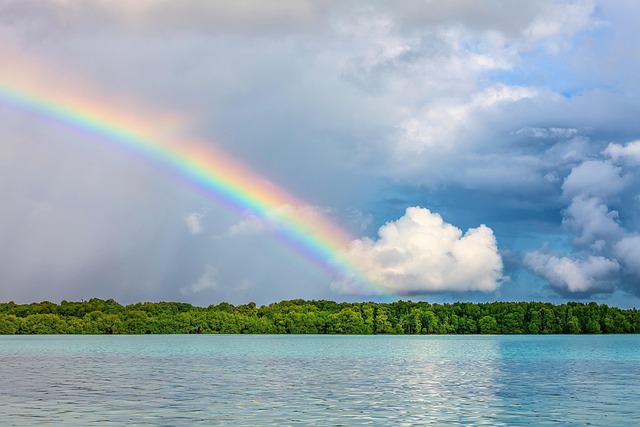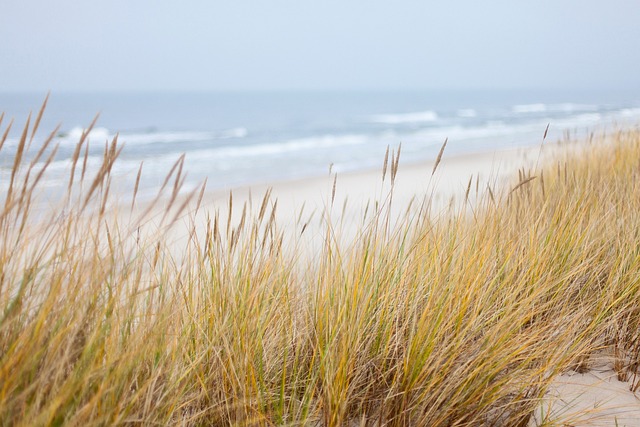Oregon's coastline boasts diverse coastal ecosystems, with tide pools serving as captivating mini-worlds teeming with marine life. The Oregon Dunes area offers a unique glimpse into these ecologically significant habitats, where shallow pools left by retreating tides support a vast array of species from anemones to starfish. The geological uniqueness of the dunes further enriches this biodiversity, making Oregon's tide pools vital nurseries and attractions for nature enthusiasts and researchers alike. Responsible exploring habits are crucial to preserving these delicate ecosystems for future generations.
“Uncover the hidden gems of Oregon’s breathtaking coastline with a journey into its vibrant tide pools, particularly those near the iconic Oregon Dunes. This article takes you on an exploratory dive into these unique marine habitats, revealing their intricate ecology and the delicate balance they maintain.
We’ll explore how these pools, teeming with diverse species, offer insights into Oregon coastal ecosystems while shedding light on the importance of responsible exploration and conservation efforts to preserve these fragile natural wonders.”
- Discovering Oregon's Coastal Treasures: A Glimpse into Tide Pools
- The Unique Ecology of Tide Pools Near Oregon Dunes
- Exploring and Preserving These Delicate Marine Ecosystems
Discovering Oregon's Coastal Treasures: A Glimpse into Tide Pools

Oregon’s coastline is a treasure trove for nature enthusiasts, offering a diverse range of coastal ecosystems to explore. Among these, tide pools stand out as miniature worlds teeming with life. These shallow pools, left behind by retreating tides, provide a unique habitat for various marine species, making them a fascinating subject for exploration.
When visiting the Oregon Dunes, visitors can discover a wealth of biodiversity in the form of tiny creatures like anemones, starfish, and small fish, all thriving in the intertidal zone. Each tide pool is like a small ecosystem unto itself, with unique conditions shaped by the ebb and flow of the tides. Exploring these pools offers a chance to witness the resilience and beauty of Oregon’s coastal environments up close.
The Unique Ecology of Tide Pools Near Oregon Dunes

The tide pools near Oregon Dunes offer a glimpse into the intricate and diverse world of Oregon coastal ecosystems. These shallow pools, left behind as the tide recedes, create microenvironments teeming with life. Here, marine organisms adapt to survive in conditions that range from air exposure during low tides to rapid submersion when the waves return. The ecological significance of these pools is profound; they serve as nurseries for numerous species, including anemones, starfish, and small fish, contributing to the overall health and biodiversity of the Oregon coast.
The unique geography of the dunes further enhances this ecosystem. The shifting sands and diverse habitats attract a wide array of plant and animal life, making these tide pools vibrant hubs of activity. Researchers and nature enthusiasts alike find them invaluable for studying the adaptability and interdependence of coastal organisms. Each pool tells a story of survival and resilience, adding to the rich tapestry of Oregon’s coastal ecosystems.
Exploring and Preserving These Delicate Marine Ecosystems

Exploring tide pools near Oregon Dunes offers a glimpse into the vibrant Oregon coastal ecosystems that thrive in these unique habitats. These shallow pools, filled with seawater during low tide, provide a microcosm of marine life, from tiny crustaceans to colorful anemones. The delicate balance of this ecosystem makes it crucial to preserve these natural treasures.
As visitors venture along the dunes, they must remember that their actions can impact the health of these ecosystems. Maintaining proper distance from sensitive areas, leaving no trace, and respecting closed zones are essential practices for protecting Oregon’s coastal biodiversity. By adopting responsible exploring habits, folks can ensure these tide pools remain a testament to the resilience and beauty of nature for generations to come.






